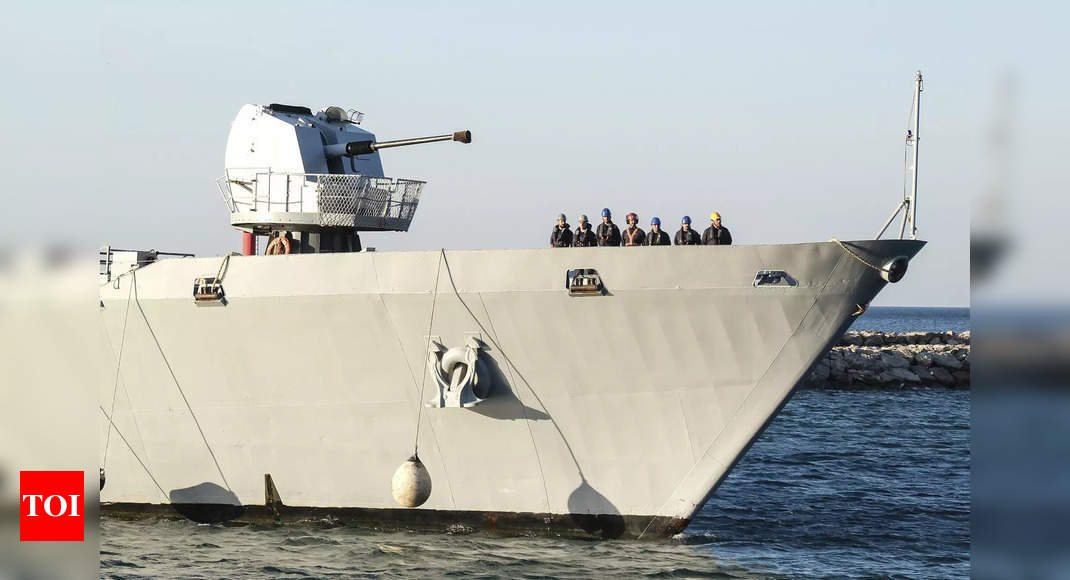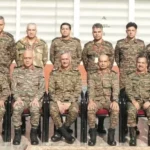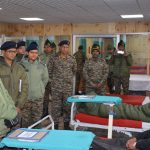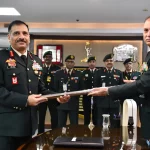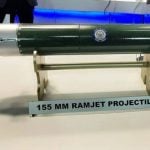In a recent briefing, Indian Navy officials highlighted the ongoing efforts to bolster coastal security in India while addressing the emergence of new threats in the realm of maritime defense. Commodore Dushyant Purohit emphasized the importance of vigilance among security agencies in response to current geopolitical conflicts, which have seen the evolving use of drones in military operations.
With advancements in technology, challenges related to coastal security are becoming increasingly complex. Purohit noted that every decade presents new threats, necessitating updates to countermeasures. As he remarked, “With technology, almost every decade there is a new threat and a new way to counter it. We are very cognizant of that.” He cited the two ongoing wars around the world as significant learning opportunities, from which security agencies aim to derive valuable insights to enhance their defense strategies.
A crucial element of coastal security remains surveillance, which has become a focal point following past incidents, including the infamous 26/11 terrorist attacks in Mumbai. Purohit explained that while a coastal radar network had been established to improve monitoring, the task of identifying fishing vessels continues to pose challenges. “Surveillance is the most important thing in coastal security… this is also an area of weakness because we do not know 100% what is happening,” he stated, underlining the need for improved methods to track maritime activities.
Integral to this surveillance effort is the fishing community, which serves as the “eyes and ears” for security agencies along the coastline. The commodore highlighted the emerging threat posed by drones, which have the potential to inflict significant damage. As part of the ongoing Sea Vigil maritime exercise, which began on November 12 and concludes on Thursday, the Navy is considering simulations to test the community’s ability to report unfamiliar or suspicious objects in the sky.
The Sea Vigil exercise involves the cooperation of 21 agencies and six ministries, all focused on evaluating the coastal defense readiness of the nation. A comprehensive coastal security audit has been carried out, aimed at identifying both the capabilities and vulnerabilities specific to Goa’s coastal infrastructure—be it at fish landing points, jetties, or beaches.
Purohit disclosed that a joint team from various agencies will simulate an infiltration scenario over a 36-hour period to assess the effectiveness of current defenses. “We get a list of vulnerable areas and points from the state government. These are well defended by the respective agency. However, there are always areas that need to be tested, and this is the aim of this exercise,” he explained, reinforcing the necessity of continuous evaluation and adaptation in response to evolving maritime threats.

